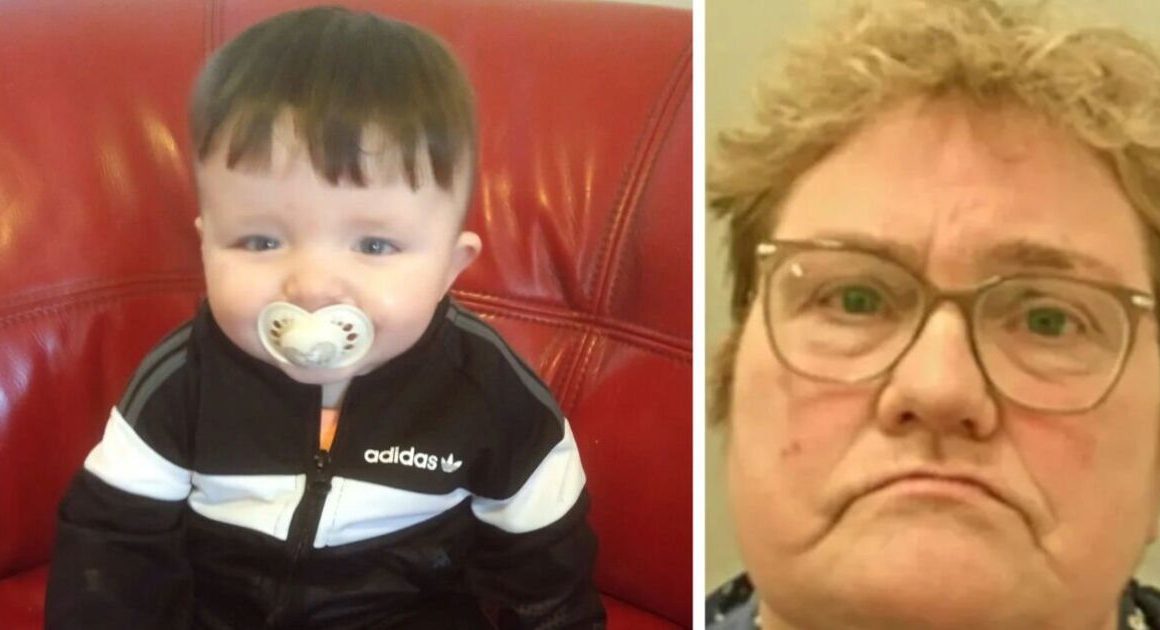A poliovirus variant has been detected in six wastewater samples in Khan Younis and Deir Al Balah, two cities in southern and central Gaza.
In a Facebook post on Friday, the Gaza Health Ministry called it a “health disaster.” The testing, done in co-ordination with UNICEF, found the presence of Type 2 poliovirus, which causes the polio disease.
Officials in Gaza said the presence of the virus was caused by the severe congestion of people in small areas and the scarcity of available water in the strip. The samples were taken from sewage water that runs between densely populated areas and the tents of displaced people.
Polio is a highly infectious disease that can infect the central nervous system and damage nerve cells that activate muscles. However, in some cases, it causes no symptoms and goes undetected. No one in Gaza has been treated for polio-related symptoms yet, the WHO told The Associated Press.
Similarities to Egypt variant
Wild poliovirus Type 2 was declared eradicated in 2015, according to the World Health Organization (WHO) — though the variant found in Gaza is vaccine-derived, and appears in areas with low vaccination rates, where the weakened live virus used in the oral polio vaccine can spread between children.
Polio vaccination rates in the occupied Palestinian territories were estimated at 99 per cent in 2022, according to the WHO, and declined to 89 per cent in 2023, though data wasn’t broken out for Gaza specifically. Poor sanitation during the ongoing war and declining vaccination coverage could have contributed to the re-emergence of the virus.

The variant detected in Gaza is related to one that was circulating in Egypt in the second half of 2023, according to the WHO; it was last detected in that country in December 2023. Research shows it could have been introduced in Gaza as early as September 2023.
IDF begins vaccine booster campaign
Israel’s health ministry also found through its own testing traces of poliovirus in wastewater from Gaza. It announced a vaccine booster campaign for Israel Defence Forces (IDF) troops in the strip. IDF soldiers will be vaccinated during routine troop turnover, the military told Reuters. Vaccination would be voluntary, it said.
The IDF also noted that, through the help of international groups, vaccines were brought in to cover more than half of Gaza’s population of over two million.
Basic supplies like soap and shampoo have become difficult for some Gazans to come by. Even products made in Gaza aren’t necessarily available, says the owner of a cleaning supply store. With no other recourse, some parents have resorted to using sand to clean their children, which in itself has its own problems.
The Israel-Hamas war has destroyed much of Gaza’s health infrastructure as it stretches into its 10th month. Israel has claimed that Hamas uses hospitals to hide weapons and militants, and uses patients as human shields. Hamas has criticized Israel’s use of the term “human shields” and pointed to the thousands of Palestinian civilians who were caught in the middle of the fighting and had nowhere else to go.
According to the WHO, just 16 out of Gaza’s 36 hospitals are partially functional, and 45 out of 105 primary health care facilities are operational.
The war in Gaza began after a Hamas-led attack on Oct. 7 that killed about 1,200 and took over 200 hostage, by Israeli figures. Israel’s subsequent ground invasion of the territory has killed 39,000, according to the Gaza health ministry’s count, updated Monday.
Poor sanitation could contribute to disease spread
Sanitation in internally displaced people’s camps in the Gaza Strip has been reported to be extremely poor. International organizations have described overcrowded spaces, crammed tents, and no access to clean water, bathrooms or hygiene products. One camp lined a giant garbage dump in the middle of Khan Younis.

The Gaza health ministry called for an end to aggressions in the strip so that sewage lines can be repaired and displaced people in overcrowded camps can begin to go home.
In a post on X on July 19, WHO director general Tedros Adhanom Ghebreyesus stressed the importance of a ceasefire “to allow effective response” to the detection of the virus.
“Prior to the conflict, polio vaccine rates were optimal in Gaza,” he said. He noted that groups including UNICEF and the WHO are on the ground conducting “risk assessments” and determining next steps to stop any further spread, “including prompt vaccination campaigns.”











